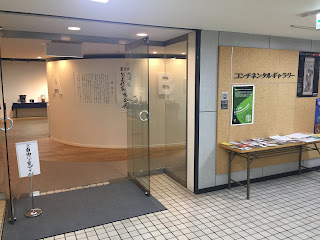YAKISOBA屋(炒麵專賣店,位於札幌市中央區)是歷經數十年間填飽札幌市民胃袋的大眾食堂。中午休息時間的上班族,以及傍晚時稍微填飽肚子的學生族們很顯眼。這家店的宗旨是「快速、大份量、好吃」,因此點餐後炒麵很快就做好端出來。可以選擇喜好的份量。最小份是中盤(1團麵)330日圓。最大份的是12團麵1280日圓。
Yakisobaya (Sapporo City Chuo-ku) is a specialist fried noodle shop. Yakisoba means fried noodles, and Ya stands for shop. This is a casual place to have a meal. At lunch time, office workers (mainly men) line up for a quick bite, and in the evening, teenagers enjoy it as a place to hang out over a snack. The key concept of this shop is ‘reasonable price, quick service, generous size, and good taste.’ The fried noodle dishes are served immediately upon ordering. A customer selects their desired volume, and the price varies. The regular option is 330 yen for one portion, with biggest at 1280 yen for 12 portions.







































